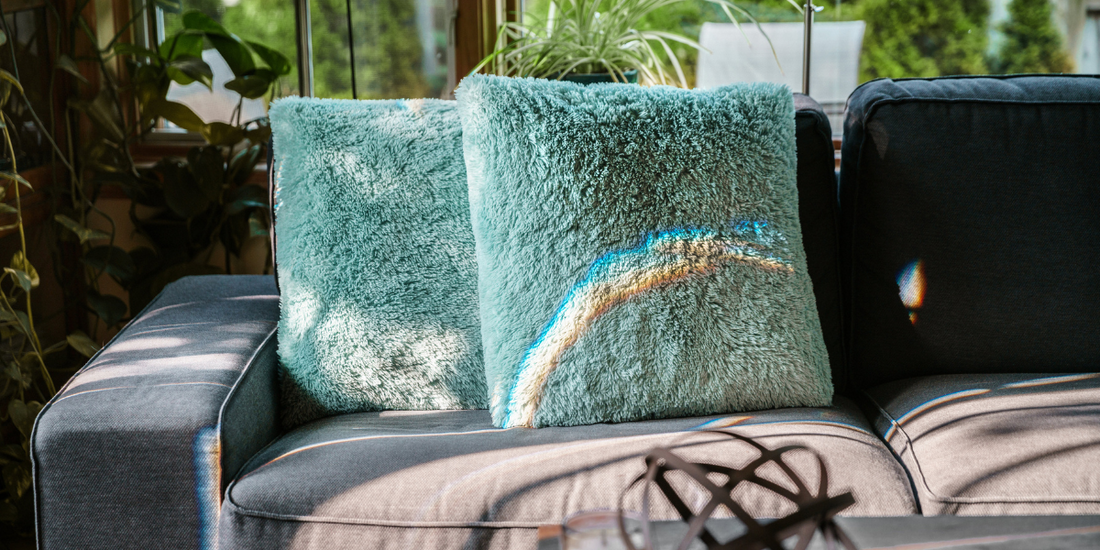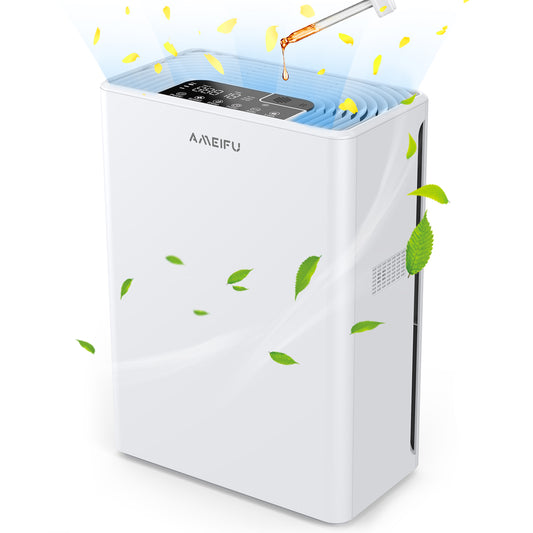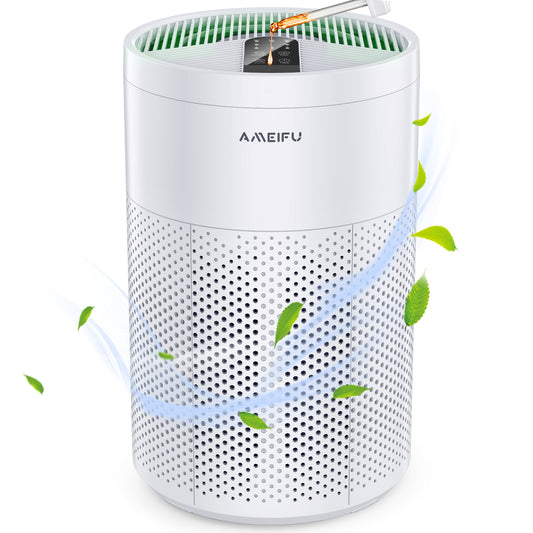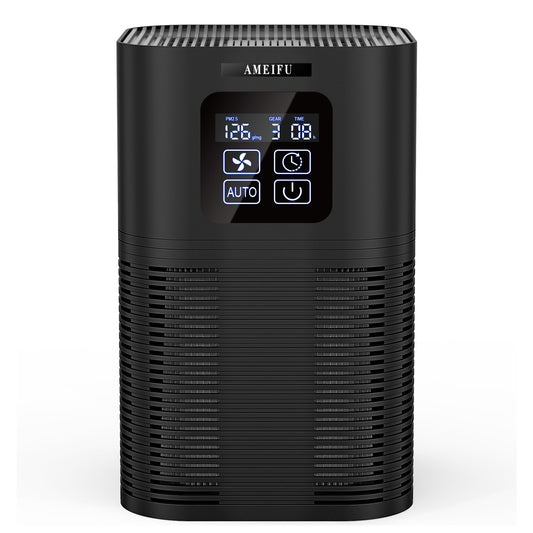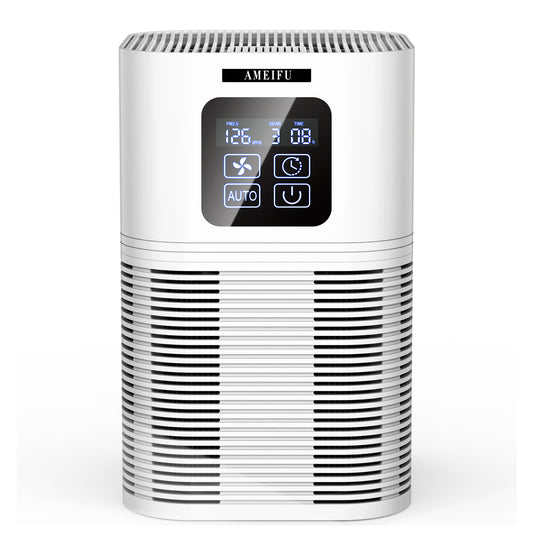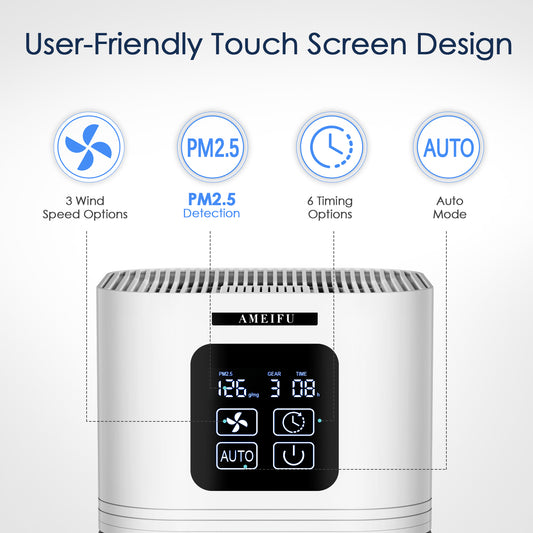Dust mites are tiny creatures that thrive in warm, humid environments. They feed on dead skin cells and other organic matter, which can accumulate in bedding, carpets, and other household surfaces. Unfortunately, for those with dust mite allergies, these microscopic pests can cause a range of symptoms, including sneezing, runny nose, itchy eyes, and asthma attacks. If you're struggling with dust mite allergies, don't despair – there are several steps you can take to remove them from your home.
- Clean Your Home Regularly
The first and most important step in removing dust mites from your home is to clean it regularly. This means vacuuming carpets and rugs at least once a week and washing all bedding, including sheets, pillowcases, and comforters, in hot water (at least 130°F) every two weeks. You should also dust all surfaces, including furniture, shelves, and windowsills, with a damp cloth, to avoid stirring up dust and allergens. If you have a lot of clutter in your home, consider decluttering to reduce the number of surfaces where dust can accumulate.
- Use Anti-Allergen Products
There are several products on the market designed to reduce the presence of dust mites and other allergens in your home. These include allergen-blocking bedding, which can prevent dust mites from getting into your mattress and pillows, and HEPA air filters, which can remove airborne allergens from the air. You can also use anti-allergen sprays and cleaning products to help reduce the number of allergens in your home.
- Control the Humidity
Dust mites thrive in humid environments, so it's important to control the humidity in your home. Ideally, you should aim for a humidity level of around 50%, as this will help to keep dust mite populations in check. If your home is too humid, consider using a dehumidifier to remove excess moisture from the air. You can also use an air conditioner or fan to circulate air and reduce humidity levels.
- Remove Carpets and Rugs
Carpets and rugs are notorious for trapping dust and allergens, including dust mites. If you have severe dust mite allergies, you may want to consider removing carpets and rugs from your home altogether. This can be a drastic step, but it can make a big difference in reducing the number of allergens in your home. If you're not ready to remove carpets and rugs, consider using a vacuum cleaner with a HEPA filter, which can help to remove allergens from carpets and rugs.
- Cover Your Mattress and Pillows
One of the most important steps you can take to reduce dust mite allergies is to cover your mattress and pillows with allergy-proof covers. These covers are designed to prevent dust mites from getting into your bedding, where they can feed on dead skin cells and other organic matter. Allergy-proof covers are available for mattresses, pillows, and duvets, and they can be a highly effective way to reduce dust mite allergies.
- Wash Stuffed Animals and Soft Toys
Stuffed animals and soft toys are a favorite hiding place for dust mites, so it's important to wash them regularly. If your child has severe dust mite allergies, consider rotating their stuffed animals and soft toys, so that they can be washed regularly. You should also wash any bedding or clothing that comes into contact with stuffed animals or soft toys, to remove any allergens that may have accumulated.
- Use Natural Remedies
There are several natural remedies that can help to reduce dust mite allergies. For example, eucalyptus oil is a natural anti-inflammatory and has been shown to reduce dust mite populations when added to laundry detergent. Tea tree oil is another natural remedy that can help to reduce dust mites and other allergens. You can add a few drops of tea tree oil to a spray bottle of water and use it to clean surfaces and bedding.
Another natural remedy is to use baking soda to absorb moisture and odors. Sprinkle baking soda on carpets and rugs, let it sit for a few hours, and then vacuum it up. This can help to reduce the number of dust mites and other allergens in your home.
- Seek Professional Help
If you've tried all of these steps and you're still struggling with dust mite allergies, it may be time to seek professional help. An allergist can perform a skin test to determine the specific allergens that are causing your symptoms and can recommend a course of treatment, such as allergy shots or medication. A professional cleaning service can also help to remove allergens from your home, using specialized equipment and techniques.
Conclusion
In conclusion, dust mite allergies can be a nuisance, but they don't have to control your life. By following these steps, you can reduce the number of allergens in your home and breathe easier. Remember to clean your home regularly, use anti-allergen products, control the humidity, remove carpets and rugs, cover your mattress and pillows, wash stuffed animals and soft toys, and use natural remedies, or you can buy an air purifier and place it in your home to freshen the air. With a little effort and persistence, you can remove dust mite allergies from your home and enjoy a healthier, more comfortable life.

